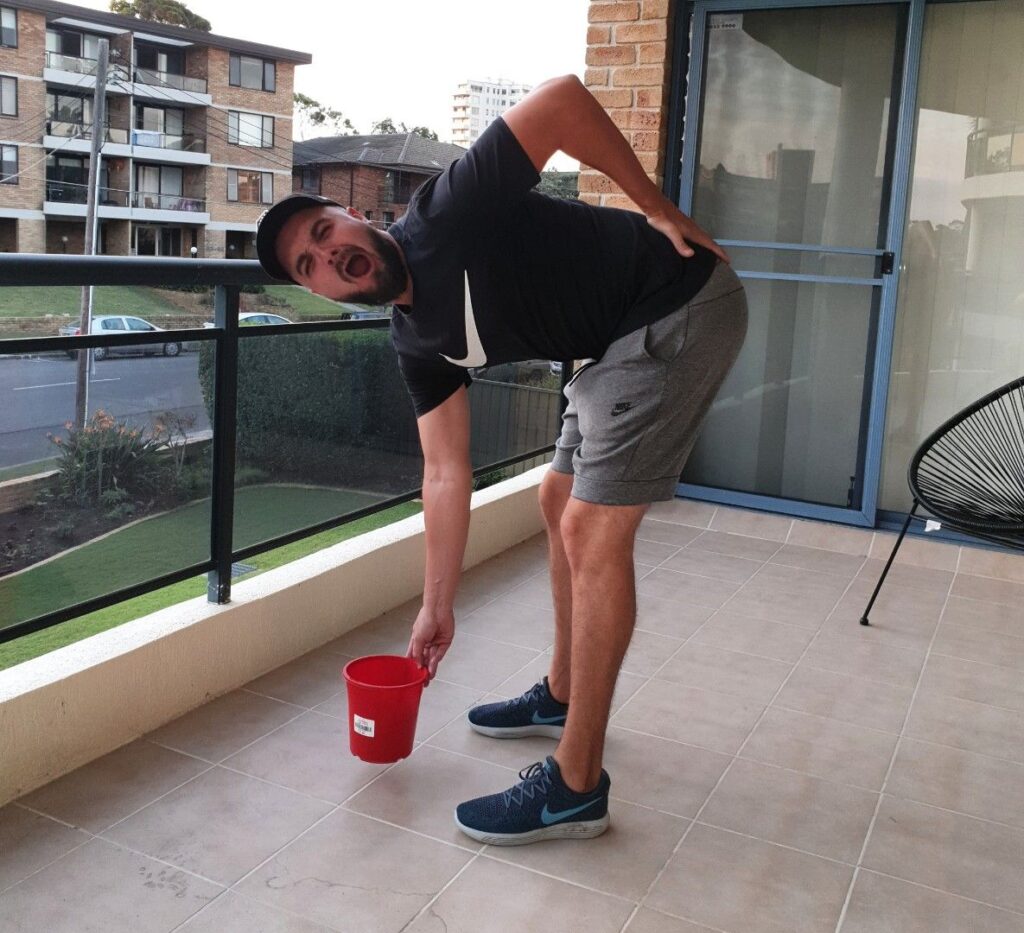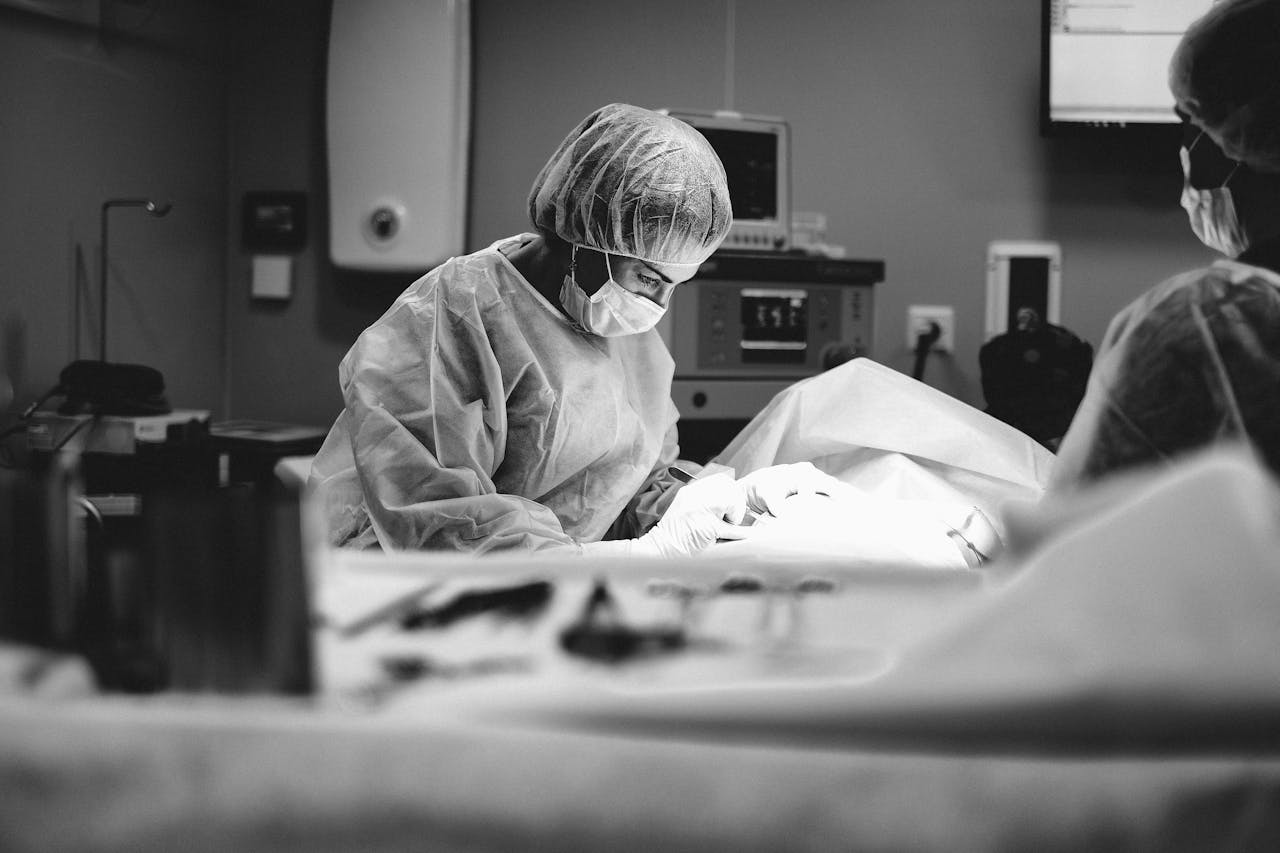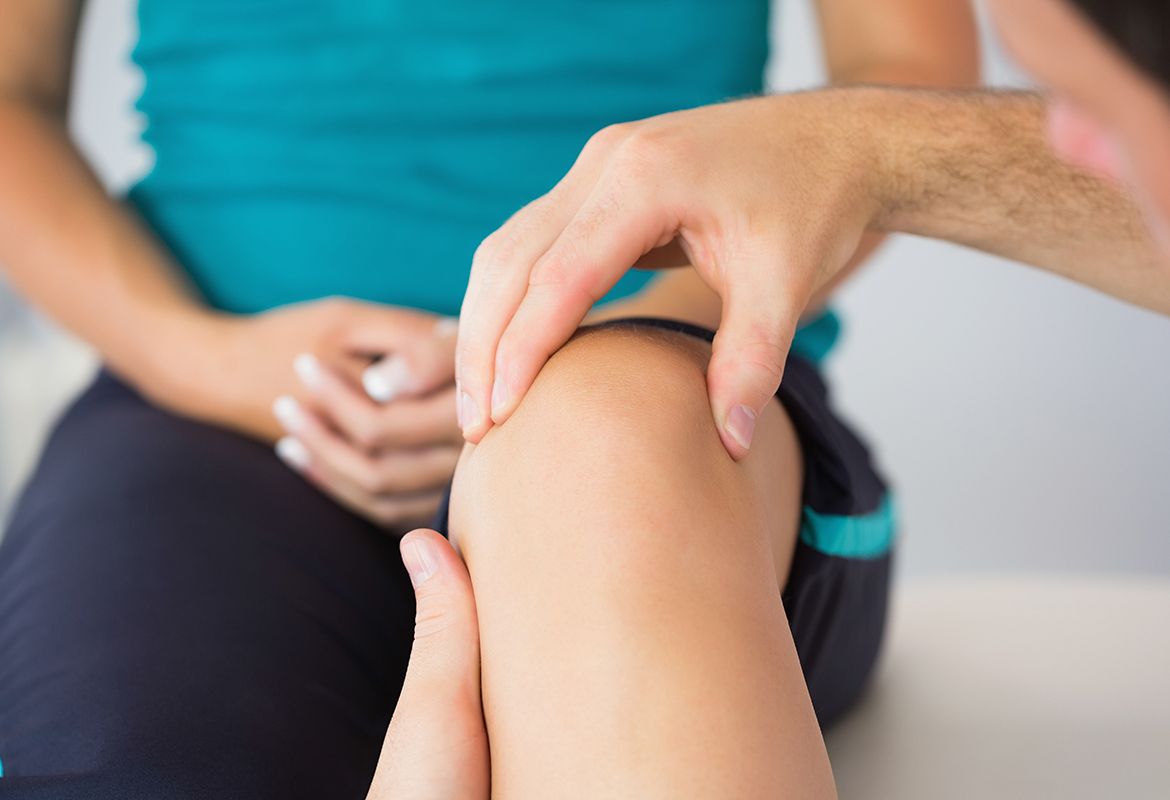Lower Back Pain Management & Relief: Staying Active
Physiotherapy
The Importance of Staying Active

Lower back pain is unfortunately very common, with 4 out of 5 or 80% of Australians reporting an episode of acute lower back pain in their lifetime.
It is the leading cause of disability worldwide, with a small portion (less then 1%) due to serious causes, with most episodes of low back pain being of a mechanical nature. The majority of acute lower back pain is caused by a disruption in the way the components of the back (muscles surrounding the spine, ligaments, intervertebral discs, joints or nerves) fit together and move. An acute episode usually resolves in a period of 4-6 weeks with conservative physiotherapy treatment approaches.
Do I need a scan? X-rays or other radiological imaging tests are not usually recommended initially for low back pain as the findings do not necessarily match with the severity of the symptoms. For example, many adults have signs of damage (such as a herniated disc or degenerative facet joints) on X-ray, but have no symptoms of back pain. On the other side of the spectrum, many people with low back pain will have no obvious signs of damage on X-rays. If the back pain has been ongoing, or your doctor suspects a fracture or specific cause, they may then suggest that you have some imaging tests.
A very common misconception is that exercise should be avoided and bed rest is best when an individual is experiencing back pain. It is a natural tendency to be fearful of movement, with the belief that any exercise or stretching will aggravate pain and increase discomfort. However controlled, gradual and comfortable movement, stretching, and a core activation program is important for healing and long term back pain relief. Prolonged inactivity can actually increase back pain as the back becomes stiff, weak, and deconditioned. As the pain increases, people tend to reduce their activity and exercise levels, resulting in even more back pain and aggravating the cycle of inactivity and back pain recurrence.
Exercise plays a dual role in assisting repair, preventing future episodes and providing relief. Exercise helps keep the back healthy by allowing discs to exchange fluids, which causes a reduction in swelling in the other soft tissues that naturally occurs surrounding injured discs. A movement program further reduces stiffness by keeping the connective fibres of ligaments and tendons flexible, and therefore minimising the risk of tearing under load.
Gentle and controlled exercise and stretches will help strengthen and repair muscles that support the back. The lower back, abdominal and gluteal muscles are the supporting foundation of the intervertebral discs, facet joints and ligaments. When the corset of back, abdominal and gluteal muscles are weak, the spine becomes overloaded and exposes one to injury and pain.
Physiotherapists are highly trained in providing simple movement, exercise and stretching programs to help relieve stresses on the back and re-engage the core musculature to help provide support to the spinal structures. One very simple example of decreasing spinal pressure is an individual with excessive anterior (forward) pelvic tilt can significantly reduce the constant extension load on the lumbar spine by releasing the hip flexors to allow the pelvis and spine to sit more neutrally.
References:
Hochschuler, Stephen H (2004), How Exercise Helps the Back, SPINE-health. Available from: https://www.spine-health.com/wellness/exercise/how-exercise-helps-back, [17th April 2019].
Mydr (2017), Back Pain, Available from: https://www.mydr.com.au/pain/back-pain, [17th April 2019].
Therapeutic Guidelines (2017), Low Back Pain, eTG March 2017 edition.
NPS Medicine Wise (2018), Being active is the best medicine for low back pain. Available from: https://www.nps.org.au/media/being-active-is-the-best-medicine-for-low-back-pain. [17th April 2019]
National Institute of Neurological Disorders and Stroke (2018), Low back Pain Fact Sheet. Available from: https://www.ninds.nih.gov/Disorders/Patient-Caregiver-Education/Fact-Sheets/Low-Back-Pain-Fact-Sheet. [17th April 2019]



